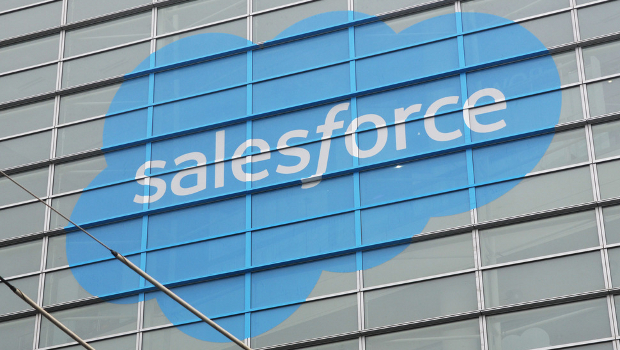Salesforce continued its landmark year of results with its Q3 2017 filing this week, raising its full year revenue guidance above $10.43 billion. For Q3 specifically revenue rose 25% to $2.68 billion.
Following the company’s Q2 results back in August, where it finally bypassed the $10 billion run-rate benchmark it had set itself, CEO Marc Benioff said: “We had a phenomenal quarter of growth, reaching a huge milestone for the company, becoming the first enterprise cloud software company to break the $10 billion revenue run rate.”
The CEO has quickly turned his attention to the next target. Speaking on the Q3 earnings call earlier this week, he said: “We are now targeting to grow the company organically to more than $20 billion by fiscal year 2022, and we plan to do that, to be the fastest enterprise software company ever to get to $20 billion.”
To reach this milestone Salesforce will have to continue to grow, both across industry verticals and geographies.
Salesforce launched its first industry vertical-specific CRM product in 2015 with the Financial Services Cloud, closely followed by the Health Cloud. These bundles of Salesforce SaaS products promised to make it easier to adopt a Customer Relationship Management (CRM) software within very specific industries.
At the time, Salesforce’s chief operating officer Keith Block said these two products were “the tip of the iceberg”, however we had yet to see another vertical cloud offering in the 18 months between. Then, earlier this month, Salesforce announced the Financial Services Cloud for Retail Banking.
Now this strategy appears to be paying dividends this financial year. Of all the customer adopting these industry clouds, 57 percent were new to Salesforce in Q3, a key metric when it comes to growing the software’s footprint.
Speaking during the investor call following the results, Block, who has been the driving force behind these more vertical-facing CRM products, talked about their impact on the company’s bottom line.
For health specifically, he rolled out the figure that 15 of the world’s 20 largest pharmaceutical companies are Salesforce customers and said that they had “added another marquee customer to that list” this quarter, without naming names.
“Now around the world, speaking the language of our customers is giving us incredible momentum,” he added.
When asked by Computerworld UK during a press conference at Dreamforce last month, Block didn’t commit to any specific new industry cloud offerings, saying Salesforce will “continue to organically produce clouds that are focused on verticals” without being drawn into specifics.
International growth was also earmarked as a key growth area for Salesforce at the end of Q2, as it looks to diversify beyond its dominant home market in the USA.
As a result the Q3 headcount increased 30 percent, with 40 percent of that figure coming from outside of the Americas.
This was also reflected in the investor call, with Block saying: “We are increasing our investment in our international go-to-market resources, our operations, our infrastructure to deliver the highest-quality service to our customers around the world.”
IDG News Service







Subscribers 0
Fans 0
Followers 0
Followers